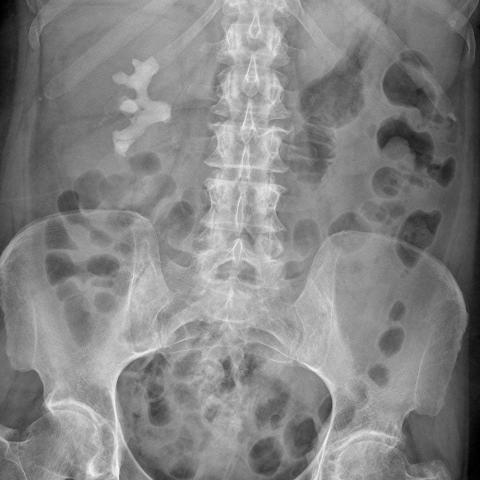
Large kidney stones nearly always require treatment unless patients are too frail, or the procedure is too risky for the individual. These stones have a high chance of causing symptoms or long-term damage to the function of the kidney. Even very large stones may cause no pain at all but this does not imply that they do not require treatment. Very large stones may develop a branched appearance – these are called Staghorn Calculi. Many staghorn calculi are associated with urinary infection and include the presence of bacteria within the stone. These type of stones are potentially very serious and can even be fatal if left untreated.
The treatment options for large kidney stones are:
- Percutaneous Nephrolithotomy (PCNL).
- Ureteropyeloscopy.
- Open Renal Stone Surgery.
- Laparoscopic Surgery.
Extracorporeal Shockwave Lithotripsy (ESWL) is not generally used for stones larger than 20mm as it is ineffective and results in multiple large fragments which will not be able to pass naturally.









